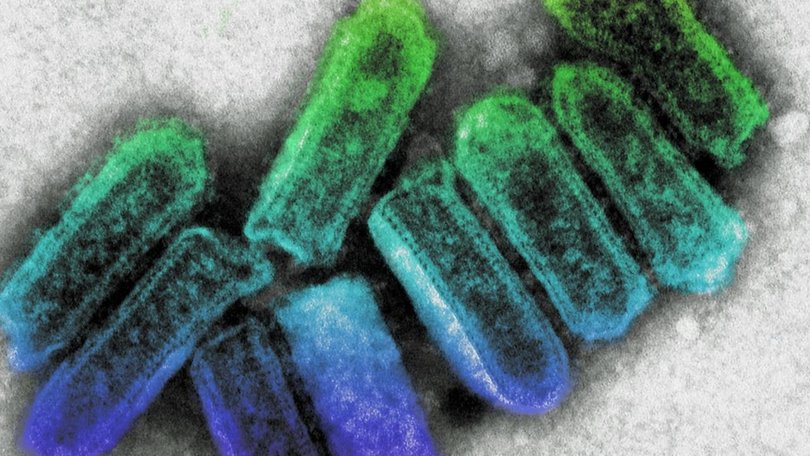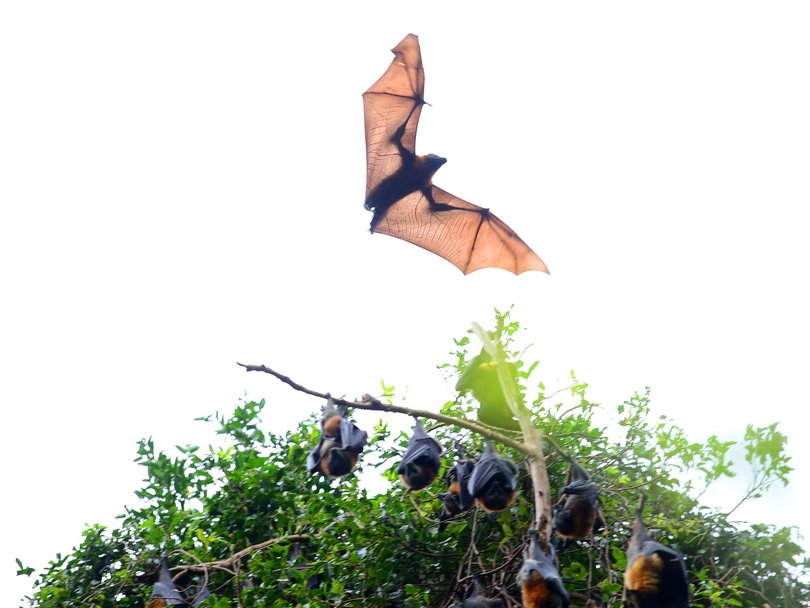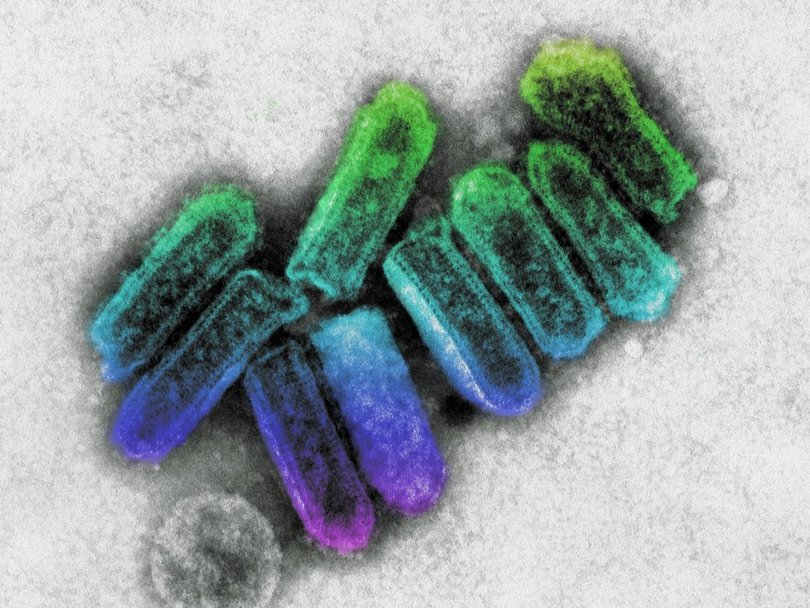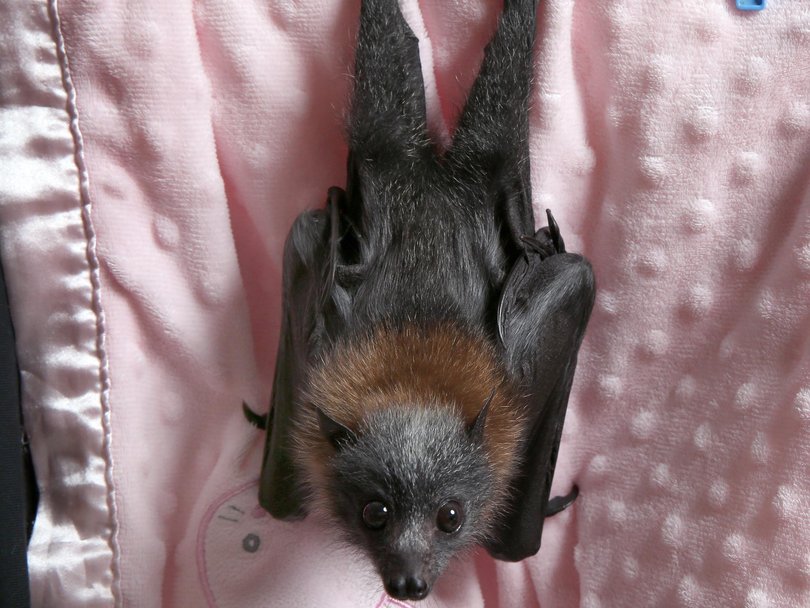Everything we know about Lyssavirus after NSW man dies in state first

A northern NSW man has died after being bitten by a bat, in the first confirmed case of Australian bat lyssavirus (ABLV) in NSW.
The man, in his 50s, was bitten by a bat several months ago and had been in critical condition in the hospital, but on Thursday, NSW Health confirmed he had died.
“We express our sincere condolences to the man’s family and friends for their tragic loss,” NSW Health said in a statement.
Sign up to The Nightly's newsletters.
Get the first look at the digital newspaper, curated daily stories and breaking headlines delivered to your inbox.
By continuing you agree to our Terms and Privacy Policy.The case marks the fourth ever documented of ABLV, all have been fatal.
What is Lyssavirus?
“ABLV is a virus that circulates naturally in Australian bats that is very closely related to rabies,” said veterinarian and wildlife disease expert Dr Alison Peel.
“To infect a human, the virus needs to pass from the bat’s saliva into a wound in the skin. For example, that can happen if an infected bat scratches or bites you, or if their saliva comes into contact with an existing break in your skin.
“You cannot contract the virus just by being near flying foxes.”
Once infected the victim will experience a latency period where they are asymptomatic and appear healthy, this period may stretch from weeks to possibly years until symptoms begin to appear.

“Once symptomatic, ABLV infection has a 100 per cent fatality rate with no effective treatment available,” said molecular virologist professor Vinod Balasubramaniam.
“(ABLV) infects peripheral nerves and progresses rapidly to the central nervous system, causing fatal acute encephalomyelitis (inflammation of the brain and spinal cord).”
ABLV was first identified by the CSIRO in 1996 after a black flying fox exhibiting neurological symptoms was discovered near Ballina in northern New South Wales.
Later that same year, a woman in Queensland who had recently begun working as a bat handler developed numbness and weakness in her arm, before falling into a coma and passing away.
Two more fatalities occurred in 1998 and 2013 when a woman and an eight-year-old child died after being bitten or scratched by bats.
Although the virus is found in Australian bats it exists in an extremely low percentage of the population.

Exact numbers are difficult to determine due to its scarcity however Trish Paterson, who ran the Australian Bat Clinic and Wildlife Trauma Centre in Queensland, told the ABC less than 0.1 per cent of the Australian bat population was infected with the virus.
“The virus is present in the saliva of some Australian bats, but at very low prevalence,” said Dr Peel.
“The proportion of bats infected by the virus is normally very low – studies have looked for the virus in thousands of healthy bats and failed to find it.
“Like humans and other animals, infected bats may become sick and die, however, some bats may appear unaffected. So, you can’t always tell just by looking at a bat whether it’s infected or not.”
What can you do to protect yourself?
Experts stressed the best defence against ABLV was avoiding bats and particularly avoiding provoking them.
“This recent NSW case, the first in the state, highlights significant lessons for public health: individuals must avoid direct contact with bats,” said Professor Balasubramaniam.
“Unvaccinated people should avoid handling bats in the wild, and if they encounter an injured bat, they should contact their local wildlife rescue group, rather than trying to handle the animal themselves,” said director of equine infectious diseases at Melbourne University Professor James Gilkerson.

“Veterinarians and wildlife carers are two groups at higher risk, and it is recommended that those people are vaccinated against rabies to protect them against ABLV infection.”
Professor Balasubramaniam advised those bitten or scratched to “seek immediate medical intervention, including thorough wound cleaning and prompt administration of rabies immunoglobulin and vaccines following any potential exposure”.
“Public health authorities must adopt a robust approach such as intensifying targeted education for high-risk groups like veterinarians and wildlife handlers, enhancing surveillance of bat populations, and investing in research for advanced vaccines and antiviral therapies.
“The (recent) incident highlights the critical need to respect ecological boundaries, promote community awareness, and ensure swift, evidence-based medical and public health responses.”
Professor Balasubramaniam also noted that all four Australian cases have been fatal despite receiving standard rabies post-exposure prophylaxis (PEP).
Originally published as Everything we know about Lyssavirus after man dies in state first
